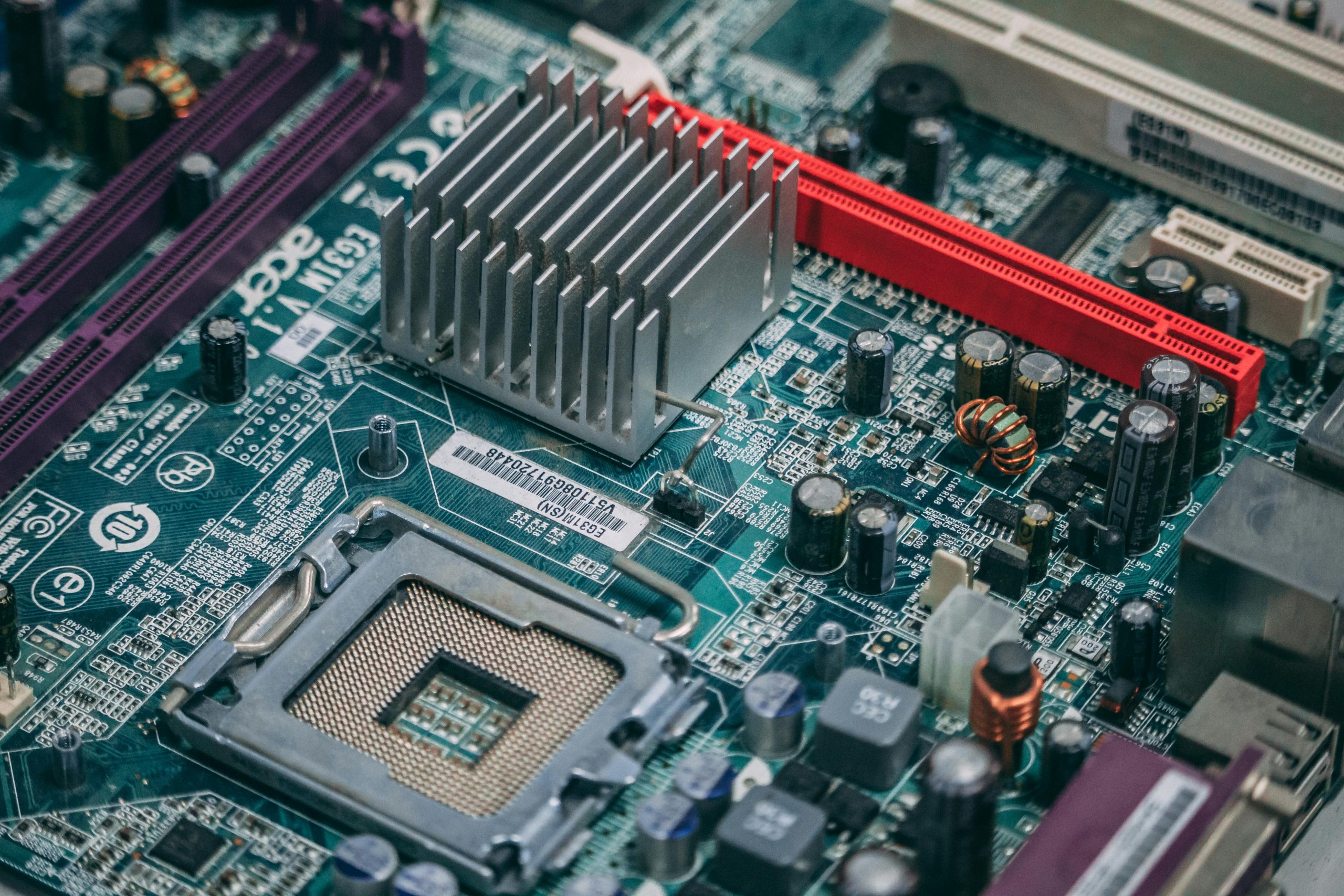Optimizing BIOS Updates for Ryzen 9 9800X3D: A Guide to Safeguarding Your CPU
When building a new high-performance system, ensuring the longevity and stability of your components is paramount. For enthusiasts assembling a Ryzen 9 9800X3D with an ASUS ROG Strix X870E-E Gaming WiFi motherboard, understanding the BIOS update process can help prevent potential issues related to voltage and system stability.
Understanding the Importance of BIOS Updates
BIOS (Basic Input/Output System) updates often address hardware compatibility, improve system stability, and fix known issues. In the case of early production ASUS motherboards, certain BIOS versions employed higher CPU and RAM voltages—specifically, 1.4V for RAM—potentially exposing the CPU to unnecessary stress. ASUS released BIOS version 1401 to rectify these voltage settings, improving safety for your processor and memory modules.
Choosing the Right BIOS Version
Given the conflicting reports on stability with subsequent BIOS updates, it’s advisable to:
- Review recent feedback from trusted sources regarding stability with BIOS versions beyond 1401
- Consider updating immediately to BIOS 1401 if your current version predates it, especially if your motherboard was manufactured before the fix was implemented
- Use the latest BIOS (from the official ASUS support page) if stability reports are favorable and your system benefits from the newest features and fixes
Updating BIOS: When and How?
Should I update the BIOS before installing Windows?
Updating the BIOS prior to installing Windows is often feasible and can streamline the setup process, especially if your system was assembled with a BIOS version that may have voltage issues. However, ensure you:
- Have a reliable method of updating BIOS: This can be via USB flash drive or ASUS’s EZ Flash utility in BIOS
- Back up current BIOS if possible: Some motherboards allow saving the existing BIOS to recover if needed
Steps to safely update your BIOS:
- Prepare Bootable Media: Download the desired BIOS version from the ASUS support site onto a USB drive formatted as FAT32
- Update BIOS via BIOS Utility: Boot into BIOS and use ASUS EZ Flash to select the BIOS file from the USB drive
- Avoid Running Windows During BIOS Update: It’s safest to perform the update outside the OS environment to minimize risk
Is it necessary to install chipset drivers before or after BIOS update?
Chipset drivers are typically installed within Windows after
Share this content:



